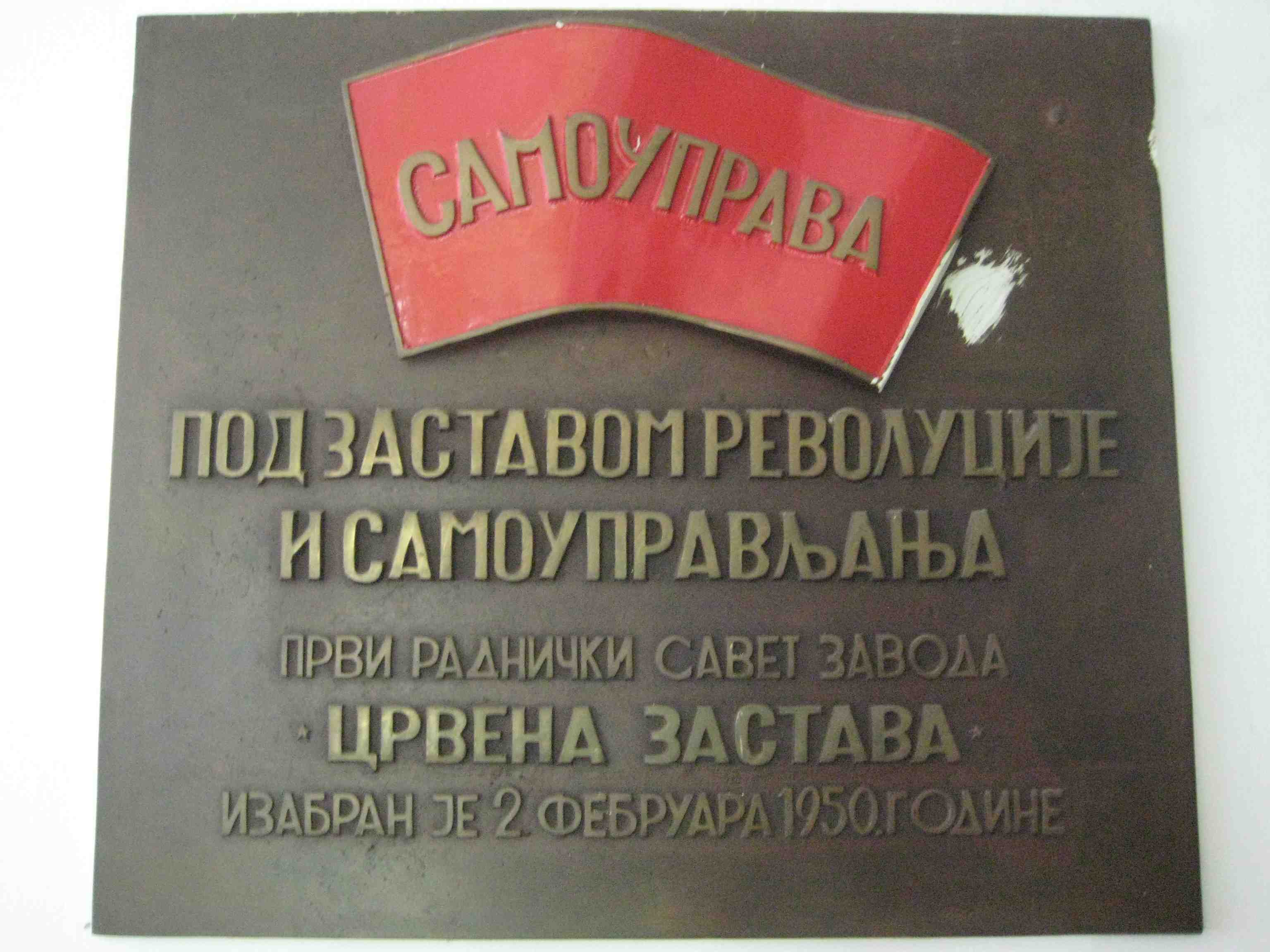Informazione
http://www.youtube.com/watch?v=2Y0D1cLR7tM
Više te volim
http://www.youtube.com/watch?v=NxpiaIaiIp0
Kud plovi ovaj brod
http://www.youtube.com/watch?v=0s3sSj-Kw7M
Ricchezza di approcci per il polese Endrigo
di Patrizia Venucci Merdžo
da La Voce del Popolo del 28 dicembre 2012
È il frutto di una risposta corale da parte di tutti i musicisti di spicco della regione Istria e del Quarnero il CD “1947 hommage à Sergio Endrigo”, l’interessante progetto discografico realizzato con il contributo della Città di Pola, della Regione Istriana, dell’Unione Italiana, prodotto dalla casa discografica “Menart” di Zagabria. Il fatto che i più bei nomi della musica leggera croata (dei più diversi generi), e in particolare dell’Istro-quarnerino, abbiamo aderito a tale iniziativa è indicativo di quale popolarità, simpatia, considerazione e ammirazione goda questo personaggio di cantautore fuori del comune; un cantautore polese, italiano “di frontiera”, che nel corso della sua fertile attività ha sempre espresso con semplicità e autenticità il grande mondo che si portava dentro: le nostalgie, gli amori, gli ideali, la speranza di un mondo migliore, le disillusioni, le ferite dell’esule e le sue lacerazioni, cantate sempre in quella sua maniera sommessa, discreta, e tanto vera. Tanto vera da andare diritto al cuore della gente.
Il doppio CD contiene ben 30 canzoni di Endrigo ed altrettanti interpreti. Ora, questa vasta adesione sottintende pure una grande eterogeneità di approcci alla canzone stessa, una rivisitazione di Endrigo, in particolare in riferimento agli arrangiamenti che a seconda del tipo di complesso o cantante risultano di volta in volta di carattere vagamente etno, rockettaro, con accenni di tipo heavy metal, oppure restituzioni molto intime e trasparenti. Da ciò ne consegue una grande varietà dei timbri, di modulazioni coloristiche dagli effetti più vari, ottenuti con il sintetizzatore oppure con la chitarra classica, con gli impasti delle voci corali, con il tamburello e/o i flautini, la fisarmonica a bocca, le percussioni e quant’altro. E ciò sicuramente rappresenta un motivo di curiosità e di interesse. Poi resta da vedere in che misura si riesca a restituire lo spirito di Endrigo cantautore.
Ad ogni modo si tratta certamente di un “esperimento” interessante valido, che dimostra ricchezza d’idee e di riletture legate ad un grande autore, un classico, il quale continua ad ispirare i protagonisti più diversi della variegata musica leggera, in questo caso nella sua terra d’origine. E così abbiamo un sofisticato Arsen Dedić, che nel suo personalissimo stile interpreta, in croato, “Mani bucate“/Rasipne ruke”; abbiamo Tamara Obrovac e il “Transhistria ensemble” in “Io che amo solo te”, con vaghi sentori “istri” e fantasia improvvisativa (fisarmonica a bocca). Indovinata pure la rilettura di Franko Krajcar e dell’“Indivia band”, e quella delicata da Tatiana e Mauro Giorgi in “Dimmi la verità”.
Un autentico maestro si dimostra Bruno Krajcar in “Trieste”, con il solo sostegno del pianoforte, in un’interpretazione molto vissuta e affascinante. Poeta e “menestrello” si rivela Bruno Načinović, che con la sua inseparabile chitarra offre un Endrigo sentimentale e sciolto ne “Il dolce paese”. Molto godibile risulta l’arrangiamento dell’“Arca di Noè”, con le belle voci maschili e quella solista di Alessandro Ghersin della Società artistico culturale “Lino Mariani” della Comunità degli Italiani Pola, dirette da Edi Svich. Altrettanto felice e sul solco della tradizione l’esecuzione dell’Orchestra di fisarmoniche “Stanko Mihovilić”, della SAC “Istra”, e dell’Orchestra di fisarmoniche dell’Università “Juraj Dobrila” di Pola, con “Il treno viene dal sud”.
Sembra quasi un madrigale del Rinascimento la rilettura in chiave corale di “Lontano dagli occhi”, del coro femminile “Teranke”, mentre rievocano la sonata barocca il violoncello e il flauto in “Questo amore per sempre”, con Matija Ferlin/Sandro Peročević/ Nataša Dragun. Fresca e carina l’esecuzione della filastrocca “Ci vuole un fiore” da parte del coro di voci bianche “Zaro”, diretto da Linda Milani. “Coloratissimo” e concitato “Il papagallo” con “Cigo man band” in versione etno. Ben fatta pure “La ballata dell’ex”, con Jadranka Đokić e la voce recitante di Milan Rakovac.
La canzone “1947”, da cui il CD prende il titolo, si riferisce all’anno in cui Sergio Endrigo, allora quattordicenne, lasciò da esule la sua natia Pola, come fecero tanti connazionali. L’immagine che ricorre spesso è quella dell’imbarco sul piroscafo “Toscana”. Ora, questa sua malinconica “ballata dell’esodo” si avvale della voce “lirica”, come usava al tempo, del tenore Alessandro Ghersin, che, accompagnata da un lamentoso e rustico violino (Dario Marušić), riempie il canto di un infinito senso di desolata incertezza.
Decisamente rockettaro (anche troppo) “Aria di neve”, con i “Popeye”. Validissimi interpreti sono Livio Morosin (“Elisa Elisa”), “East rodeo” (“La prima compagnia”), “The Cweger” (“La prima compagnia”); Magdalena e Helena Vodopija, Massimo (“Canzone per te”), Franka Strmotić-Ivančić (“Trasloco”), Nola (“Adesso si”), “Gustafi” (“Il primo bicchiere di vino”), Branko Sterpin (“back home someday”), Kristina Jurman Ferlin/Anđela Jeličić (“Te lo leggo negli occhi”), Dogma/ Anelidi (“Lettera da Cuba”), Deboto (“Dove credi di andare”). Chicca finale con “Kud ovaj brod plovi” (Juras-Arnautalić-Enriqez) interpretata dallo stesso Sergio Endrigo – al Festival di Spalato nel 1970 –, con quella intensità e stile inconfondibili che lo rendono unico e destinato a durare nel tempo.
The Srebrenica massacre was a gigantic political fraud - exclusive interview
Jan 31, 2013 15:29 Moscow Time |
Renowned author Dr. Edward Herman spoke with the Voice of Russia regarding the facts surrounding the Srebrenica Massacre, the pretext for the "humanitarian" invasion of the former Yugoslavia, and takes apart the "official" version that has always been promoted by the West. Dr. Herman reveals that there were in fact multiple massacres at Srebrenica, and that the killing of Bosnian-Muslim soldiers at Srebrenica (the West's pretext) was in response to the killing of over 2,000 Serb civilians, mostly women and children, at the location.
Robles: My first question is about “The Srebrenica Massacre” and the way that the establishment manipulated the media. Can you tell us, or give us some insights, on that?
Herman: The Srebrenica Massacre, actually I always put it in quote marks, because actually there were lots of massacres in the Srebrenica area, the one before July 1995 there were vast numbers of Serbs killed by Muslim, Bosnian Muslim, forces who went out of Srebrenica.
One estimate is that there were more than 150 Serbs villages that were totally wiped out and one study gives actually gives the namesof 2,383 Serb civilians who were killed between 1992 and July, 1995. So then we’d call that “The First Srebrenica Massacre”. Then in July 1995…
Robles: Just to be very clear, these were Serbs, that were being killed.
Herman: Yes! We’re talking about 2,383 Serb civilians killed before July 1995. And the Bosnian Serb Army took over Srebrenica in July, 1995, and there were deaths and executions after that. That’s what’s called in the West “The Srebrenica Massacre”, but, in fact, that’s really mainly a political construct.
The numbers executed there were probably in the order of between 500 and 1,000. In other words, less than half of the number of Serbs civilians killed before July, 1995.
And the Western claim is that 8,000 men and boys were executed in the quote Srebrenica massacre, but notice these were men, always men, all men, they were all soldiers, whereas those 2,383 civilians killed included very large numbers of women and children.
We’re talking about the execution in the Second Massacre of essentially army people. And of course they had never proved that there were 7,000 or 8,000, even men and boys killed. The bodies in the graves added up to something like 2,500.
A lot of those bodies were combat deaths. One of the beauties of the Western propaganda system is that all the bodies they found after July, 1995, they count as executed, even though we know very well that a large number were killed in combat.
Reminder
Herman: Also another important fact about the Srebrenica massacre is that all those killings of Serbs took place coming out of an area that was supposed to be a “safe haven”. Srebrenica was a safe place, a safe haven. It was supposed to be demilitarized, but it never was.
So the Bosnian Muslim soldiers would come out to Srebrenica and they would kill Serb civilians. This is all completely ignored in the Western media. It’s as if the Serbs came in July and started to kill arbitrarily.
In fact, the U.N. military in that area, a French Offical name Phillip Movion, was asked by the Yugoslav tribunal, “Why the Serbs did it?”
He said he’s absolutely convinced that they did it because of what the commander of Srebrenica’s Bosnian Muslims did to the Serbs before July 1995.
This is the UN Army head, but you won’t see that in the Western press!
In other words, the first massacre is what led to the lesser second massacre of namely military aged people.
The whole business of the Srebrenica Massacre is a gigantic political fraud. There was a massacre, but it was a responsive vengeance massacre, women and children were not killed.
One of the features of the “quote” Srebrenica Massacre, that is the second one, is that 20,000 Srebrenica women and children were bussed to safety by the Serb army. Women and children were not killed, only military aged people and a very large fraction of those that did die, died in combat.
So my own estimate, as I said, is that maybe there were 500 to 1,000 executions. Vengeance executions.
Robles: I’m sorry. How many?
Herman:500 to 1,000 I would say.
Robles: 500 to 1,000.
Herman:Yes. So there was a significant massacre, but put it in its context! This was a war, this was an army that had seen their own civilians massacred on a much larger scale. That is completely suppressed in the West, as if the Serbs came in to Srebrenica and started to kill because of a blood lust! It’s absolutely a fraud!
So, I regard the Srebrenica massacre as a tremendous propaganda triumph. The West wanted to go after Serbia and they avoided peace. They needed this massacre.
Robles: You said, about 2,380 civilians, women and children mainly…
Herman:Serbian women and children, yes.
Robles: … were killed initially. This was the Srebrenica…
Herman:The first massacrebetween 1992 and July 1995. These were Serb civilians. There were also hundreds of Serb military killed in that period, I am just talking about civilians!
Robles: The civilians, right! And then in retaliation approximately 2,500 Muslim… Bosnian Muslims soldiers were killed.
That’s misleading, because the thrust of the 8,000 claim is that they were executed but those 2000-plus that were killed, a very large fraction were killed in combat.
Robles: In combat. Okay, I see. I see.
Herman:Yes, and the executions were, as I say probably in the order of 500 to 1,000.
Robles: Okay. So those were Bosnian Muslims who were found to be directly responsible for killing massive numbers of Serbian civilians. Right?
Herman:The Serbs actually had lists of Bosnian Muslim soldiers they wanted to get, but I can’t honestly say they were the only ones who were executed. But certainly, a significant number of those executed were on those lists, those vengeance lists.
Edward S. Herman (born April 7, 1925) is an American economist and media analyst with a specialty in corporate and regulatory issues as well as political economy and the media.
He’s a Professor Emeritus of Finance at the Wharton School at the University of Pennsylvania. He’s also the author of several books, namely “Manufacturing Consent” which he wrote with Noam Chomsky and “The Srebrenica Massacre: Evidence, Context and Politics”.
« Non, la guerre ce n’est pas la France »
Ancien secrétaire général de l’Élysée (1995-2002), ancien ministre français des Affaires étrangères (2002-2004) et de l’Intérieur (2004-2005), Premier ministre (2005-2007). Président de République solidaire (depuis 2010)
Oggetto: lettera aperta al Comune di Trieste in merito alla presentazione del libro su Maria Pasquinelli.
Data: 09 febbraio 2013 10.25.25 GMT+01.00







